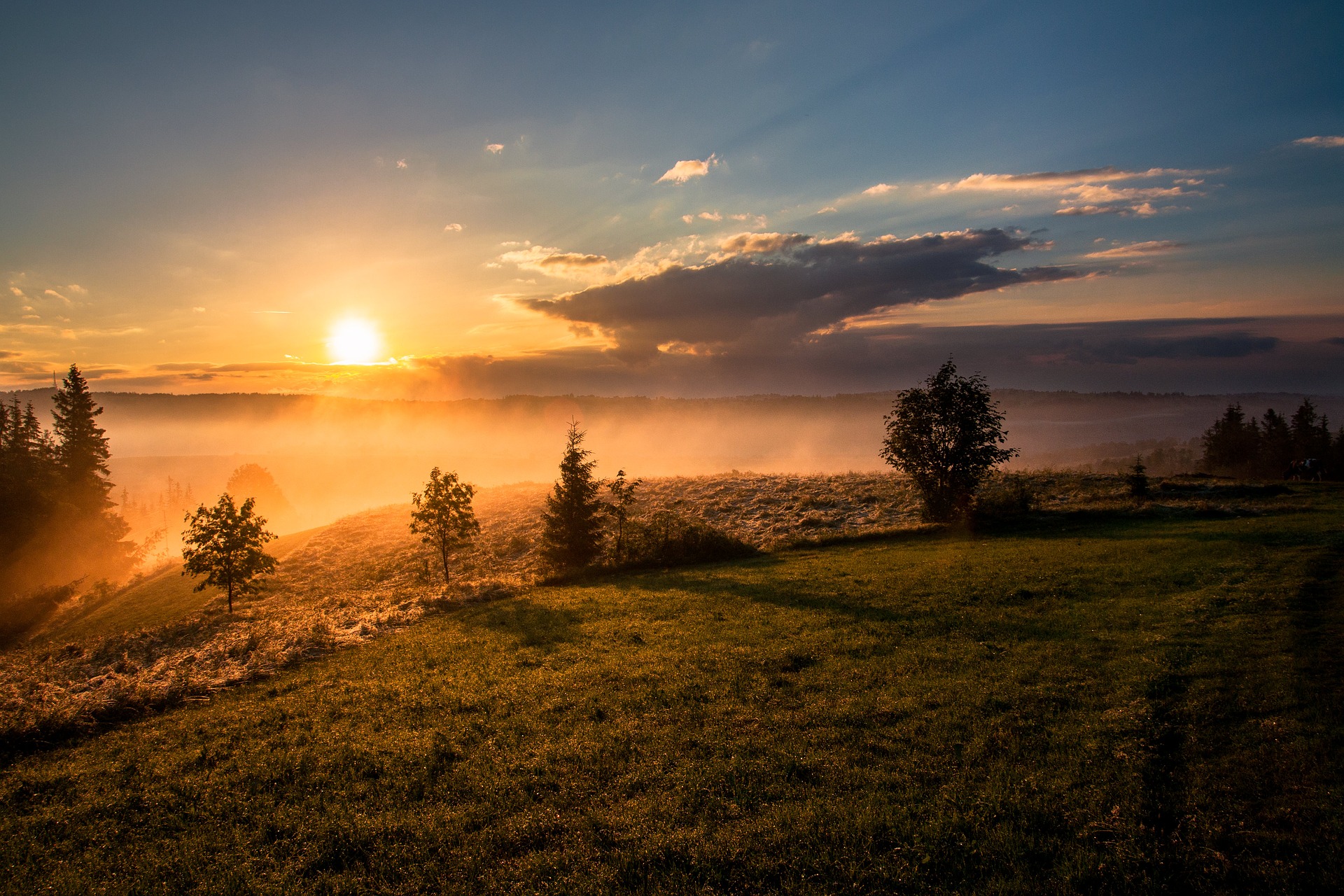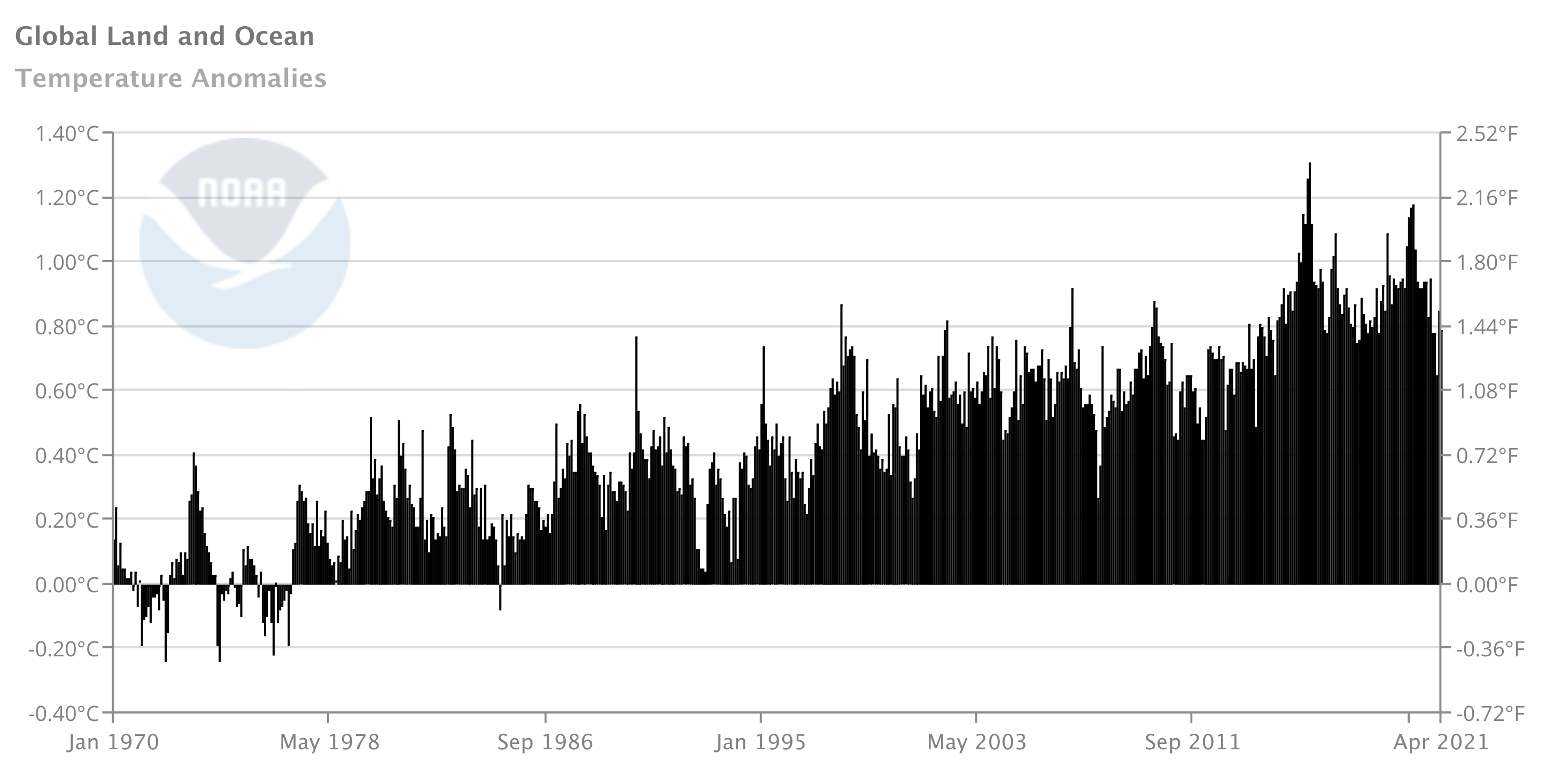We need to talk about climate change in winter
Being the final month of autumn, May is a time of year when the weather starts to get noticeably colder for most of the Australian population.
This change in the weather makes it difficult to talk about our planet's warming climate.
But while the extreme heat caused by climate change is blatant during summer, some of the most significant changes to our country's weather are happening during the coldest months of the year.

In 2020, our planet's global mean surface temperature was about 1.2ºC warmer than the pre-industrial baseline (1850-1900), according to the World Meteorological Organization.
According to the NOAAGlobalTemp dataset, our planet hasn't registered a single calendar month that was cooler than the 20th century average since December 1984. That's 437 consecutive months, meaning anyone under the age of 36 has never experienced a year that would have been considered cool in the 20th century.

Image: Monthly average temperature anomalies relative to the 20th century average, using the NOAAGlobalTemp datast. Source: NOAA
But climate change isn't just about global warming. We are also seeing patterns of rain, wind and snow being altered across the planet.
In Australia, one of the most significant impacts of climate change is a reduction in cool-season rainfall over southeastern and southwestern Australia.
According to the latest State of the Climate report published by the BoM and CSIRO, "there has been a decline of around 16 per cent in April to October rainfall in the southwest of Australia since 1970. Across the same region May to July rainfall has seen the largest decrease, by around 20 per cent since 1970."
"In the southeast of Australia there has been a decline of around 12 per cent in April to October rainfall since the late 1990s," the report states.
.png)
Image: The red and orange areas on this map show where cool-season rainfall has been declining in recent decades. Source: Bureau of Meteorology
This decline in rainfall is particularly worrying during the cool season, because this is an important time of year for generating surface runoff and replenishing water storages in many regions.
More than three-quarters of the long-term streamflow gauges located in the Murray Darling Basin have recorded a declining trend in streamflow since 1970.
Australia's fickle snow season is also facing an uphill battle against climate change.
According to the BoM and CSIRO, "a downward trend in maximum snow depth has been observed for Australian alpine regions since the late 1950s, with large year-to-year variability."
So, while winters are still cold and some seasons do see a lot of rain or snow, it's worth keeping in mind that climate is a game of averages and we are seeing change in the Australian winter.